Obviously, the decision to move to the Netherlands is not one to be taken lightly. A lot comes into play. Once you have decided to finally relocate, you could probably use some help preparing for your big move. A lot of companies have found a way to cater to the needs of expats coming to the Netherlands. They offer just one service – or a wide range of services – such as getting important documents ready, registering with the municipality (BSN), finding a place to stay, and what not. Just Google ‘moving to the Netherlands’ and you will find tons of service providers, ample information and more checklists than you can handle.
Use a complete checklist
These checklists are all somewhat the same. At a glance, it becomes clear that you need to arrange a social security number, a Dutch bank account, health insurance, housing and so on. Not all lists include ‘transport your belongings’ though. We are not sure why. When looking for housing, you will find both semi-furnished and fully furnished apartments. But often, properties – especially long stay properties – are unfurnished, which means you should add ‘furniture’ to your checklist.
Save time and effort where possible
Argh, even more to think of! We hear you. Luckily, there are companies that take a lot off your shoulders by offering a variety of expat services. On top of that, there is another way to furnish your new home, besides buying or shipping your belongings from your home country. Rental furniture eliminates the need for relocating your furniture. All you need to bring are your personal belongings – other than that, your home will be completely ready as soon as you arrive in the Netherlands. When it comes to furniture rentals, there are plenty of providers and they all rent out pretty much everything needed for a temporary interior.
But, what if there were a single point of contact for everything on your checklist? Wouldn’t that be a relief, when you have so many ‘moving parts’ in your life?
Get assistance
TOSS Group, a Dutch expat service provider, asked themselves the same question. In answer, they recently announced their expansion with the launch of a new label for rental furniture: TOSS Furniture. Thanks to this newly added label, they can offer a unique set of services, making them The One Stop Shop for expat services in the Netherlands. Concretely, this means that they can assist with everything – from immigration, registration and payroll to housing and turnkey home furnishing.
About TOSS Group
TOSS Group offers a full-service package in the field of working and living in the Netherlands. We simplify immigration processes, while we also provide trusted payroll services, a seamless recruitment platform, and full-service solutions for renting furnishing. From finding a suitable living space to furnishing it, we do our utmost to ensure that our customers and employees enjoy fantastic service. This complete range of services means that TOSS Group is The One Stop Shop for expats coming to the Netherlands.
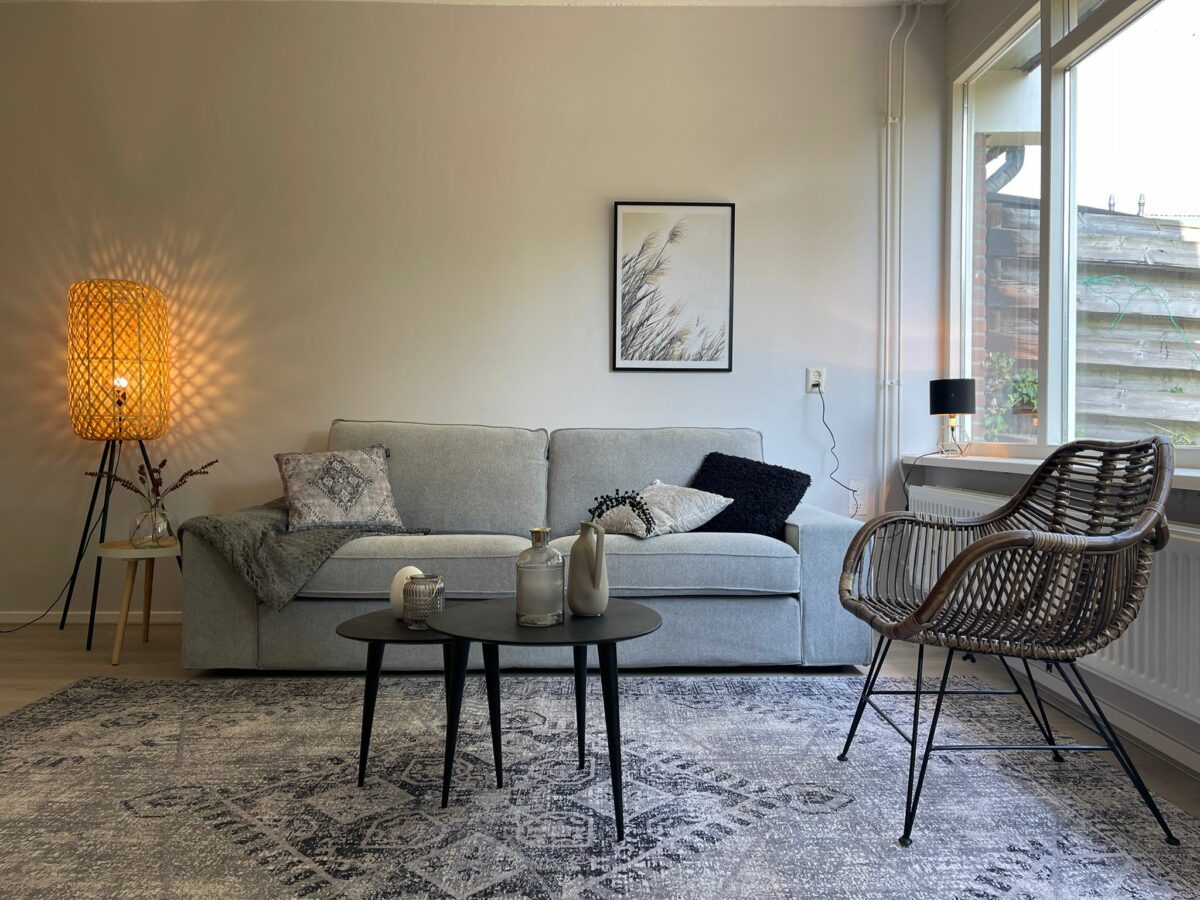


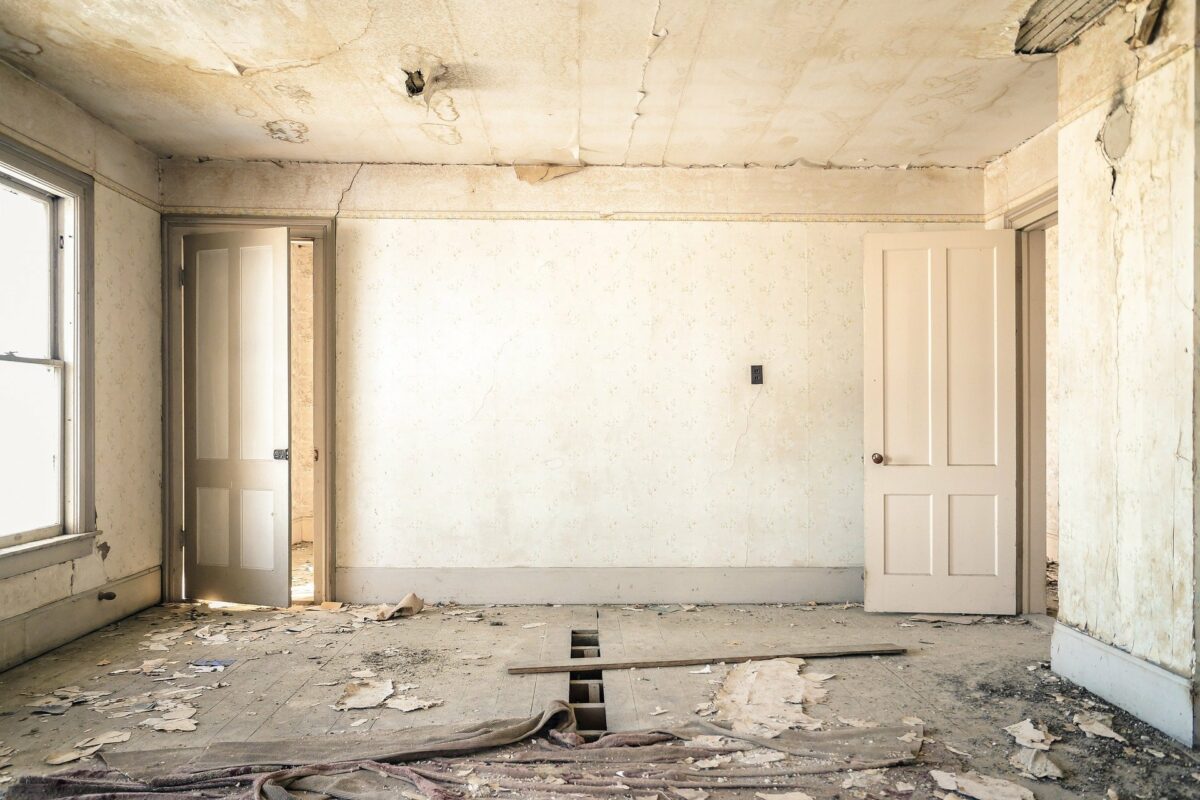
 A house in poor condition in
A house in poor condition in 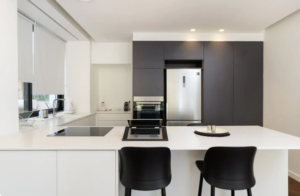 When planning to take out a renovation loan with the bank, it is crucial to understand that some tasks have a minor (or indirect) effect on the property value. Since banks see more value in elemental improvements than in cosmetic ones, they are less (or only partly) likely to finance these sorts of works.
When planning to take out a renovation loan with the bank, it is crucial to understand that some tasks have a minor (or indirect) effect on the property value. Since banks see more value in elemental improvements than in cosmetic ones, they are less (or only partly) likely to finance these sorts of works. Useful links
Useful links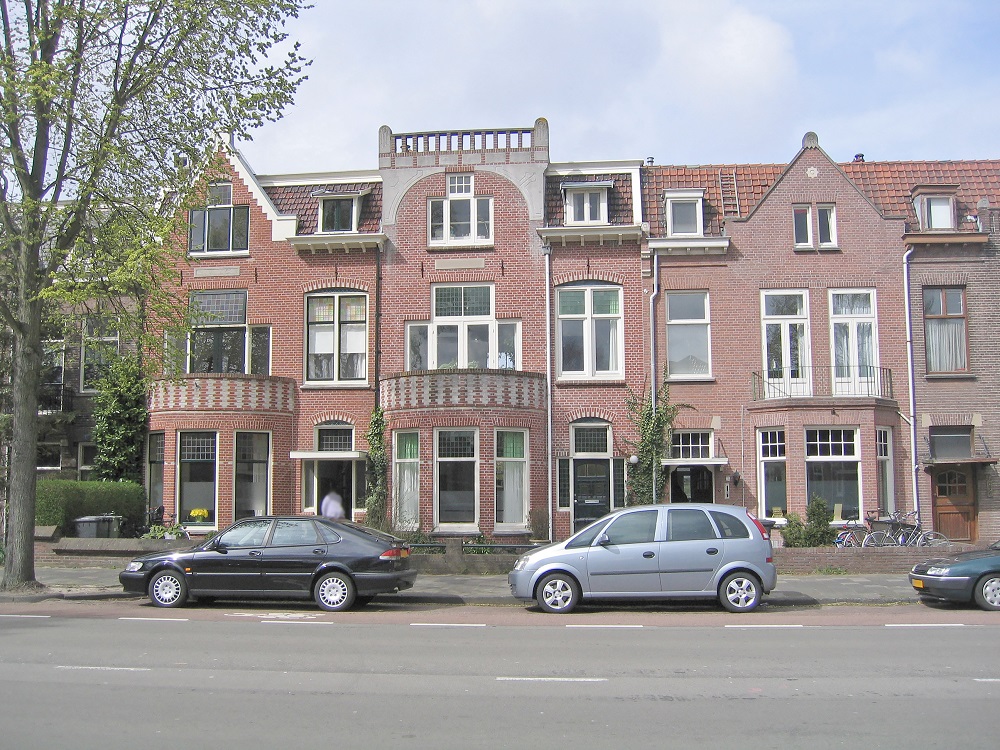

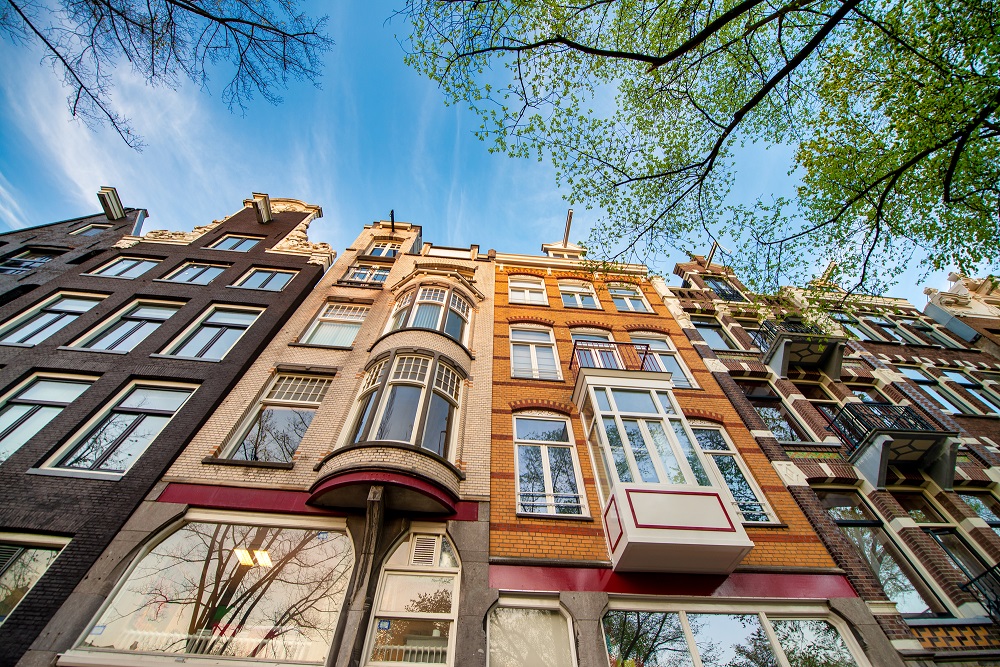
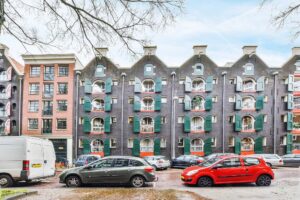 Buying a Home
Buying a Home


 If you want, you can also open a joint account
If you want, you can also open a joint account